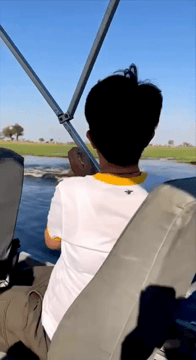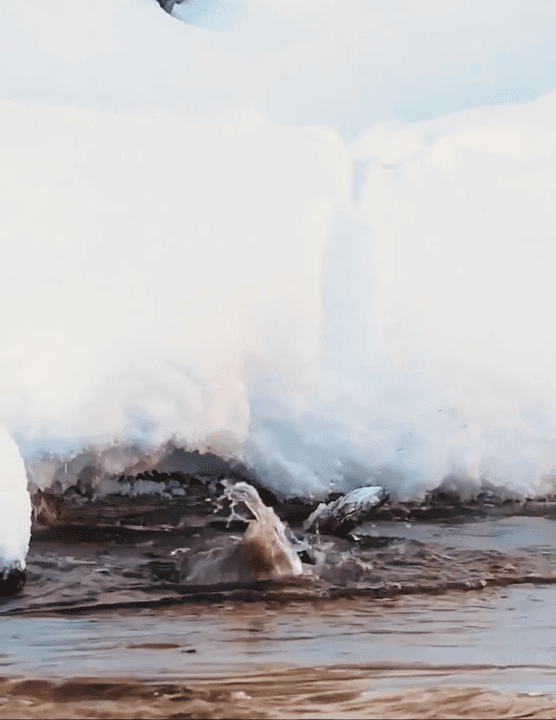
Why did the hunter take his #truck to the deep #swamp? Because it’s the only place where he could get a free mud wash while hunting! 🚙🦌🛁 Whether you’re #chasing adventure or just need a solid com
Post: 17 October 09:14

Post: 17 October 09:14

Post: 24 July 21:07

Post: 14 December 18:46

Post: 15 June 18:13

Post: 14 January 11:37

Post: 5 August 10:34

Post: 10 June 08:43

Post: 29 July 19:23

Post: 23 July 16:02

Post: 24 July 21:14

Post: 26 June 10:06

Post: 20 May 18:42

Post: 23 July 15:57

Post: 22 July 09:54

Post: 25 July 12:12

Post: 9 July 07:42

Post: 21 October 17:18

Post: 16 December 17:06

Post: 25 November 10:52

Post: 8 September 12:33

Post: 23 June 12:14

Post: 28 January 00:57

Post: 30 July 19:08

Post: 1 August 22:56

Post: 28 July 20:33

Post: 4 September 11:32

Post: 23 July 15:59

Post: 11 July 15:17

Post: 5 September 08:20

Post: 16 June 06:10

Post: 9 March 00:01

Post: 11 June 08:24

Post: 14 June 19:58

Post: 21 August 15:21

Post: 21 August 12:49

Post: 22 July 08:46

Post: 29 July 10:17

Post: 27 June 09:02

Post: 17 June 08:39

Post: 29 May 10:59

Post: 23 May 09:56

Post: 22 September 18:48

Post: 13 September 17:46

Post: 4 September 11:28

Post: 28 August 10:45

Post: 28 August 10:07

Post: 28 August 09:30

Post: 25 August 08:26

Post: 6 August 19:03

Post: 6 August 13:20